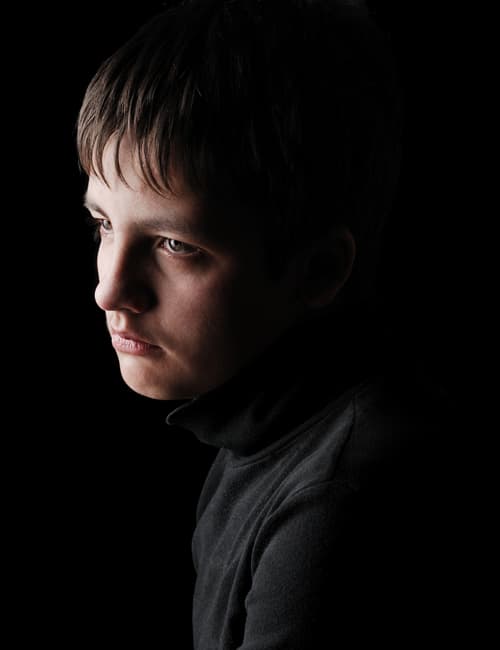
How to determine who is at greatest risk for psychosis
May 9, 2022The first step in developing prevention interventions for any health problem is usually to understand the underlying causes. For schizophrenia, the best available evidence suggests that it arises from complex interactions between multiple environmental exposures influencing gene expression over time.
While environmental factors, such as prenatal and perinatal exposures to infections and stress, may be the best candidates for prevention efforts, currently they are not understood sufficiently to inform the development of interventions. Until there is a better understanding of environmental factors, identifying young people most at risk for psychosis, and then developing interventions to reduce their risk may be the best approach. To this end, consensus has emerged around using a precisely defined “clinical high-risk” threshold to identify those who are most likely to develop psychosis.
To meet this threshold, youth must experience at least one of the following:
- psychotic symptoms such as intermittent, brief periods of disorganized speech
- psychotic symptoms that are brief, self-limiting and resolve without treatment
- significantly decreased functioning coupled with having a first-degree relative with a psychotic disorder
These clinical high-risk criteria are now widely used in research. For more information on psychosis, see Vol. 14, No. 3 of the Children’s Mental Health Research Quarterly.
